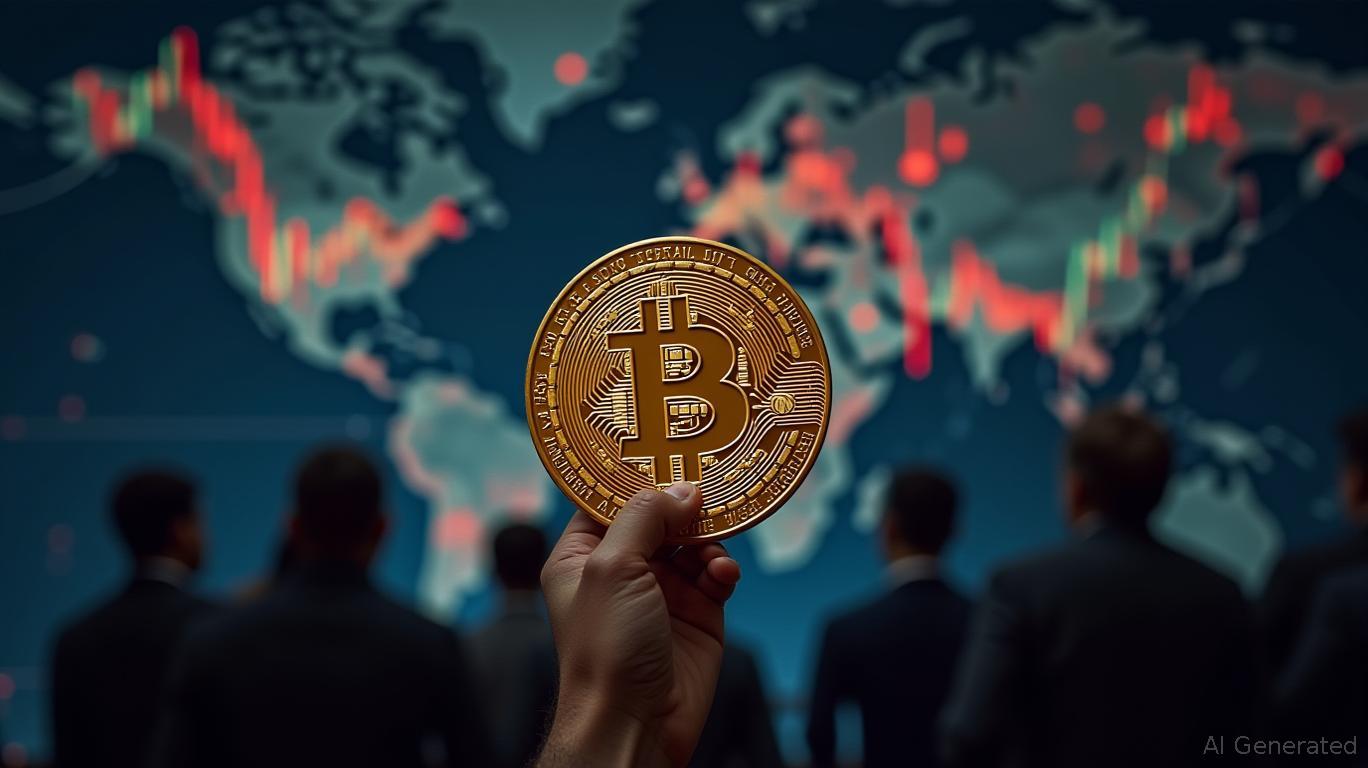Nexchain AI’s Testnet 2.0 Addresses Scalability and Security Challenges to Speed Up Blockchain Integration
- Nexchain AI's Testnet 2.0 offers 100% token bonuses to accelerate mainnet adoption through incentives and enhanced security tools. - The $11M presale (Stage 28) has met 90% of its target, with AI-driven scam detection and MEV prevention features highlighted in the testnet phase. - A hybrid PoS+DAG architecture and real-time testing environment aim to improve scalability, supported by CERTIK security validation. - A $5M airdrop campaign and upcoming November mainnet launch position Nexchain to expand cros
Nexchain AI, a blockchain platform that merges artificial intelligence, has unveiled its Live Testnet 2.0, offering participants a 100% token reward. This move is designed to boost user engagement before the mainnet goes live, using both incentives and upgraded security measures to draw in developers and investors. The testnet, which will be available until November 28, features a revamped interface and AI-powered tools to identify fraudulent transactions and MEV abuse, according to a

Testnet 2.0 offers developers a live testing space, including an AI Risk Score feature that increases transparency before transactions occur. This stage follows the successful Flash Quest, which provided a 48-hour bonus, and the "Double Points Week" running through October 23, doubling airdrop benefits. With its emphasis on interoperability and AI-enhanced smart contracts, the platform is positioned to support industries such as finance, healthcare, and supply chain, the report states.
Certification from CERTIK has further validated Nexchain’s security, while its airdrop initiatives keep users engaged with weekly challenges. The roadmap outlines a mainnet launch in November, along with future plans to broaden cross-chain support and incorporate decentralized AI solutions. Experts suggest that Nexchain’s mix of attractive incentives and unique technology could generate substantial momentum within the crypto sector.
Disclaimer: The content of this article solely reflects the author's opinion and does not represent the platform in any capacity. This article is not intended to serve as a reference for making investment decisions.
You may also like
Bitcoin Updates: Rising Global Tensions Disrupt Bitcoin’s ‘Uptober’ Momentum as $100K Level Challenges Bullish Strength
- Bitcoin fell below $113,000 in October 2025 amid U.S.-China trade tensions and macroeconomic risks, defying its historical "Uptober" trend. - Record $19B in liquidations and 52% probability of breaching $100,000 highlight volatility, though $3.55B ETF inflows and corporate holdings growth signal institutional confidence. - BTC rebounded to $115,041 as trade tensions eased, with Standard Chartered's Geoffrey Kendrick suggesting $100,000 support may hold if macroeconomic conditions improve. - Mixed technic

Solana News Today: Western Union's Stablecoin Competes with Zelle in the Remittance Innovation Race
- Western Union launches USDPT stablecoin on Solana in 2026 to disrupt $150B cross-border remittance market with instant, low-cost transfers. - Partnering with Solana Foundation and Anchorage Digital, USDPT leverages Solana's 65,000 TPS capacity and $0.00025 per-transaction cost for global remittances. - GENIUS Act regulatory clarity and $312B stablecoin market growth enable institutional adoption, with JPMorgan and PayPal already participating. - Competing with Zelle's stablecoin expansion, Western Union'

Circle's Arc Blockchain Sets Out to Develop the Internet's Financial Operating System Supported by Institutions
- Circle launches Arc blockchain testnet with major institutions to build decentralized financial infrastructure. - Arc offers USD-based fees, fast settlements, and privacy controls, aiming to streamline global finance. - Stablecoin market growth and regulatory progress drive adoption, but high fees on congested chains remain a challenge. - Institutional collaboration and projects like Arc highlight crypto's maturation in reshaping digital finance.

Global shift to renewable energy slows down amid tariff disputes and Saudi Arabia's environmental goals
- Saudi Arabia advances 4.5 GW renewable projects under NREP, including record-low-cost solar/wind initiatives aligned with Vision 2030. - U.S. 50% tariffs on Indian goods and protectionist policies risk disrupting global energy collaboration, per Outlook India and PV Magazine. - Executive Order 14318 prioritizes nuclear/natural gas infrastructure, raising fossil fuel vs. renewables balance concerns in U.S. strategy. - Experts warn tariffs create artificial scarcity and inflate clean energy costs, threaten
